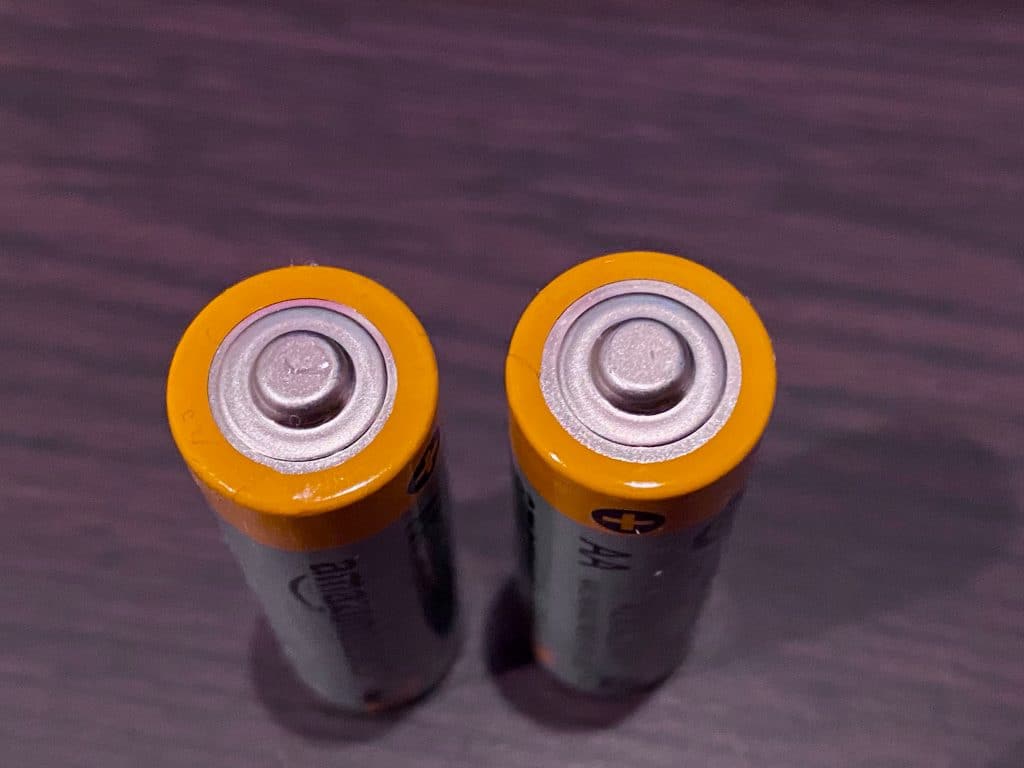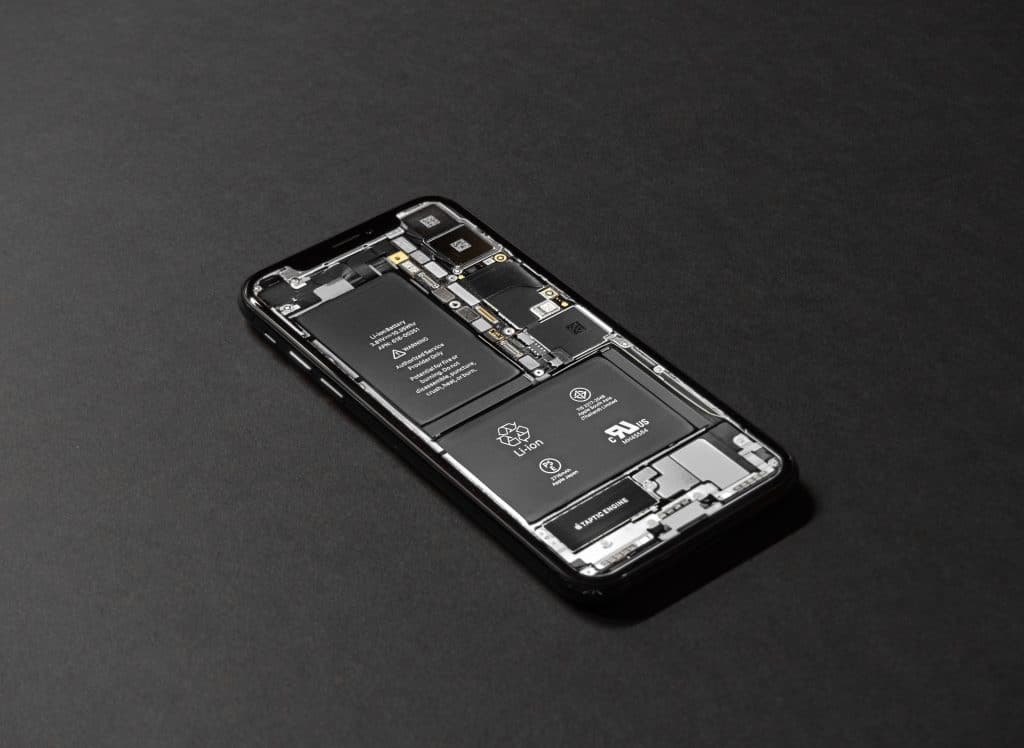Prismatic and cylindrical cells are the most common choices on the market for creating lithium batteries. Both types of cells have their own advantages and disadvantages for manufacturing and daily use.
Before you purchase a lithium battery, take a look at this brief guide to understand the difference between prismatic and cylindrical battery cells and determine which one is best for your application.
Prismatic Cells
More and more are using lithium-ion batteries for applications because of their high energy density. Specifically, manufacturers are using prismatic or pouch cell designs as they’re an excellent way to lessen the weight and cost, optimising the packaging efficiency at the battery level.
Prismatic cells gain popularity because of their prismatic” shape, and large capacity make it easy to connect four cells together to create a 12V battery pack.
Advantages and Disadvantages
The prismatic cell battery pack was introduced in the 1990s and satisfied the demand for thinner batteries and lower manufacturing costs. Wrapped in fancy packages that look like a small chocolate bar, prismatic cells optimise the use of space via the layered approach.
You can predominantly find this prismatic cell in mobile phones with lithium-ion batteries. There’s no universal shape as every manufacturer have their own designs. If the housing of the design only allows a few millimetres extra in a smartphone or laptop, the manufacturer comes up with a new pack for the sake of higher capacity.

Prismatic cells are either encased in aluminium or steel for the purpose of increasing stability. In turn, this creates several key advantages. Because of their unique construction and makeup, these batteries tend to be very thin and light, offering effective use of space.
Typically, prismatic cells give engineers flexibility when designing products. This comes as no surprise as they’re found in smartphones and other mobile electronic devices where portability is a major priority. Because of these properties, modern prismatic batteries are also commonly used in bigger critical applications such as electric powertrains and energy storage systems.
The Drawbacks
Since prismatic cells consist of many positive and negative electrodes sandwiched together, one of the disadvantages is the higher possibility for inconsistency and short circuits. The higher capacity makes it even difficult for thermal management and protect each cell from overcharging.
The bigger cell size also minimises the possibility for automation, which leads to a lower degree of consistency. The internal electrodes will easily expand and contract, causing deformation, which may lead to an internal short circuit. Meaning, it’s more prone to swelling, similar to lead batteries.
Cylindrical Cells
Compared to their prismatic cells, cylindrical lithium batteries are produced much faster and with a lower cost per KWh (kilowatt-hour). The design of cylindrical cells in itself can better support the different types of automation processes common in factories and other manufacturing environments.
The electrodes in cylindrical cells are grouped tightly and encased in a metal casing. This minimises the break up of electrode material due to mechanical vibrations, thermal cycling, and mechanical expansion.
Advantages and Disadvantages
Every cylindrical cell is combined in parallel and in a series to increase the capacity and voltage of the battery pack. If a cell gets damaged, the effect on the entire pack is low vs. prismatic cells. This is because when one prismatic cell gets damaged, it can compromise the whole pack. Cylindrical cells give off heat and control temperature more easily.
Many manufacturers find it easy to produce a cylindrical cell for product uniformity. This means that if a business’ supplier cannot deliver for any reason, they can surely find another one that can produce a similar product in terms of dimensions and performance and dimensions.
The technology of cylindrical lithium batteries has been around for a long time, which means the pack consistency is high. The cost of the packs is also low, making them suitable for mass production. The cylindrical cell battery is particularly convenient to use for its various combinations and suitability for electric-powered vehicles like Tesla, for instance.

The Drawbacks
However, due to the shape of cylindrical cells, it makes it hard to fully utilise the space in the pack, leading to lower packing density. Moreover, this type of battery cell is usually packaged in aluminium or steel shells, making them heavy. A cylindrical lithium-ion battery may have already reached its limit in terms of performance and optimisation, with its potential being limited for the next-generation battery cells.
The Bottomline
The aim of this guide isn’t to undermine cylindrical lithium batteries vs. prismatic counterparts. When selecting a battery cell or batteries in general, there’s NO one-size-fits-all approach. Your decision boils down to the application and the number of potential risks and disadvantages you’re willing to accept.
Only by learning as much about these types of cells will you be able to make the best decision for your needs.














Leave a Reply